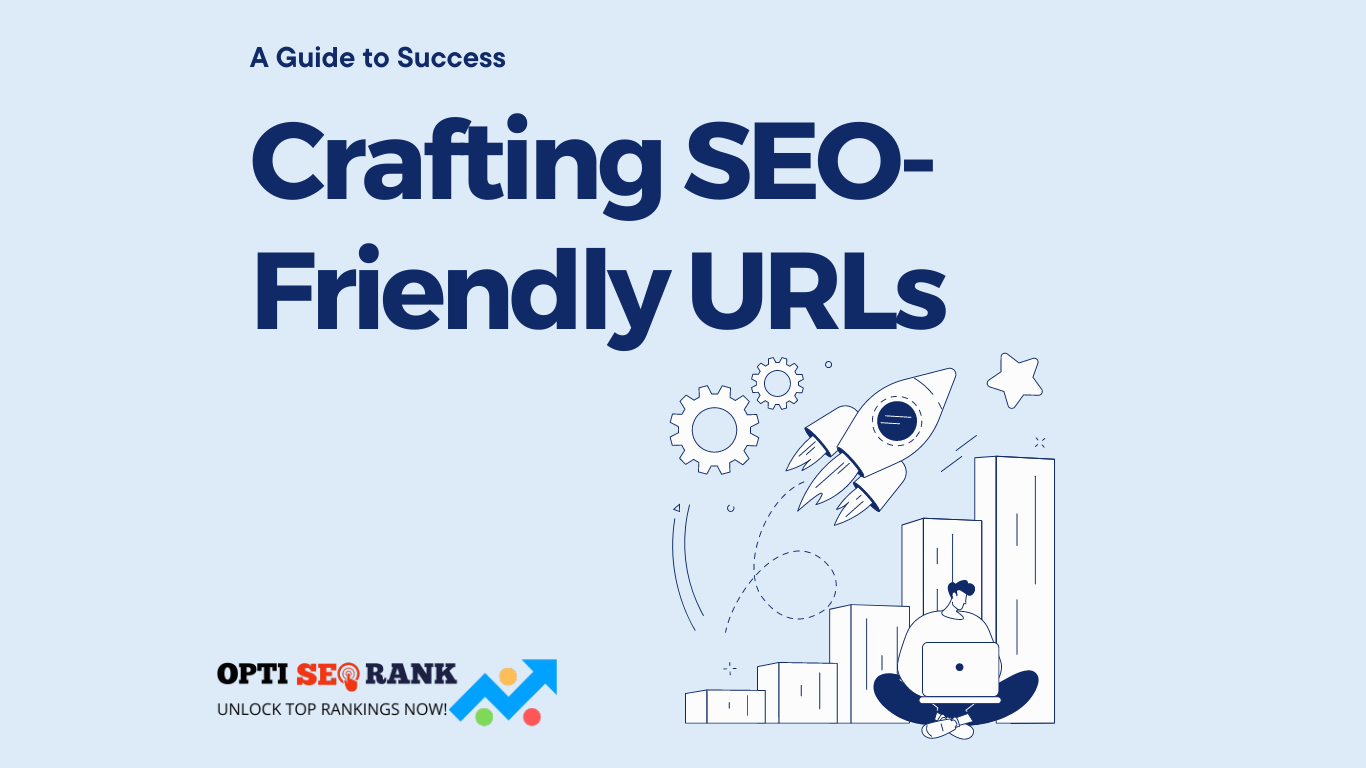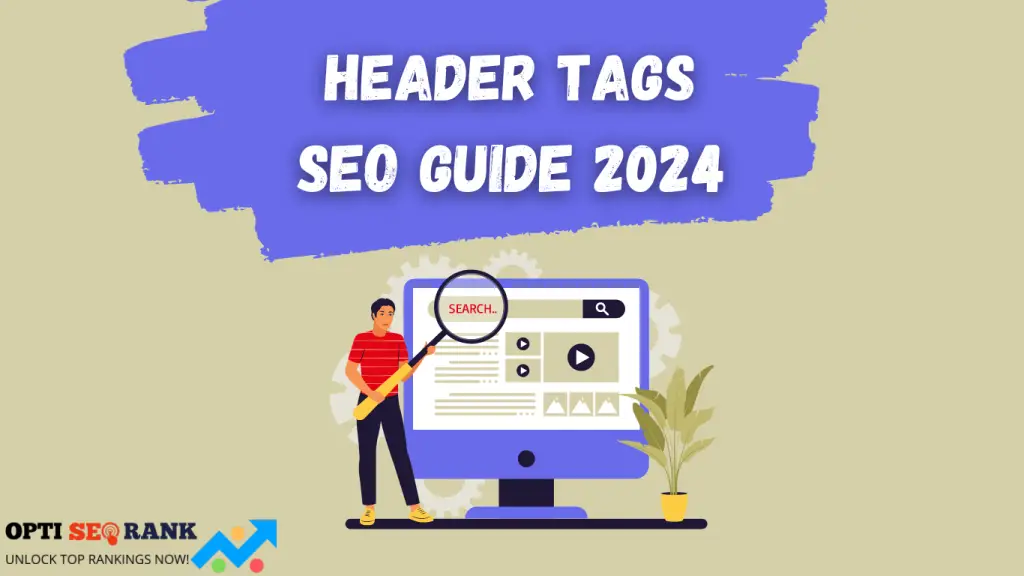Crafting SEO-friendly URLs is crucial for better search engine ranking and user experience. Keep URLs concise, descriptive, and keyword-rich.
Effective URLs can significantly impact your website’s visibility and user engagement. Search engines prioritize URLs that are clean, relevant, and easy to read. A well-crafted URL not only improves your site’s SEO but also enhances the overall user experience. Aim for simplicity and clarity by including targeted keywords that reflect the content of the page.
Avoid using unnecessary characters, numbers, or complex structures. Instead, focus on making URLs intuitive and logical. Implementing these practices can lead to higher click-through rates and better search engine rankings, ultimately driving more organic traffic to your site.
Importance Of Seo-friendly Urls
Creating SEO-friendly URLs is vital for online success. It helps search engines understand your content. It also improves user experience. Let’s explore why SEO-friendly URLs are crucial.
Boosting Search Rankings
Search engines like Google prioritize clear URLs. SEO-friendly URLs include relevant keywords. This helps search engines index your pages. Pages with clear URLs rank higher.
Consider the following table for keyword placement:
| URL Type | Example |
| SEO-Friendly | www.example.com/seo-tips |
| Not SEO-Friendly | www.example.com/page?id=123 |
Notice the difference? The first URL is clear. The second URL is not.
Enhancing User Experience
Clear URLs help users understand page content. Users prefer simple and readable URLs.
- Easy to read
- Easy to remember
- Looks trustworthy
Would you click on www.example.com/page?id=123? Or www.example.com/seo-tips? Users choose the second one.
Basic Principles
Crafting SEO-friendly URLs is crucial for improving your website’s visibility. Understanding the basic principles helps you create user-friendly and search-engine-friendly URLs. Let’s dive into the key aspects that will set you up for success.
Simplicity And Clarity
URLs should be simple and easy to read. A clear URL helps users and search engines understand the content.
- Use short URLs. They are easier to remember and share.
- Avoid special characters. Stick to letters, numbers, and dashes.
- Separate words with hyphens. It makes URLs more readable.
For example, use example.com/crafting-seo-urls instead of example.com/crafting_seo_urls or example.com/craftingseo%20urls.
Keyword Inclusion
Incorporate relevant keywords in your URLs. This signals to search engines what the page is about.
- Identify the main keyword for the page.
- Include the keyword naturally in the URL.
- Avoid keyword stuffing. Use only one or two keywords.
For instance, if your page is about “crafting SEO-friendly URLs,” a good URL would be example.com/crafting-seo-friendly-urls.
Remember, well-crafted URLs enhance your website’s SEO and improve user experience.
Url Structure Best Practices
Crafting SEO-friendly URLs is crucial for boosting your website’s visibility. A well-structured URL not only helps search engines understand your content but also enhances user experience. By following these best practices, you can ensure your URLs are optimized for success.
Use Hyphens, Not Underscores
Always use hyphens to separate words in your URLs. Hyphens make URLs more readable for both users and search engines. For example:
| Good URL | Bad URL |
| example.com/seo-friendly-url | example.com/seo_friendly_url |
Search engines treat hyphens as spaces, which helps in better indexing. Underscores, on the other hand, are not recognized as word separators.
Avoid Special Characters
Avoid using special characters in your URLs. Characters like @, #, %, and & can confuse search engines and users. Here’s a list of what to avoid:
- @
- #
- %
- &
Special characters can also break links when shared. Stick to letters, numbers, and hyphens for the best results. For instance:
| Good URL | Bad URL |
| example.com/seo-friendly-url | example.com/seo@friendly#url |
A clean URL structure improves readability and helps search engines understand your content better.
Length Considerations
Creating SEO-friendly URLs is crucial for your website’s success. One key aspect is URL length. Let’s explore how length considerations play a role in optimizing your URLs.
Optimal Length
Search engines prefer shorter URLs. They are easier to read and understand. Aim for a URL length of 50-60 characters. Shorter URLs perform better in search results. They also improve user experience.
Here’s a simple comparison:
| Long URL | Short URL |
| https://www.example.com/category/subcategory/product-name-and-details | https://www.example.com/product-name |
The short URL is clear and concise. It helps both users and search engines.
Trimming Unnecessary Words
Remove words that don’t add value. Words like “and”, “the”, or “with” can be removed. Focus on primary keywords. This makes URLs more impactful and keyword-rich.
Example:
- Before: https://www.example.com/the-best-products-for-you
- After: https://www.example.com/best-products
The shorter URL is more effective. It highlights the main keywords clearly.
Consider these tips:
- Use hyphens to separate words.
- Avoid special characters and numbers.
- Make URLs human-readable.
These practices ensure your URLs are clean and SEO-friendly.
Dynamic Vs. Static Urls
Crafting SEO-friendly URLs is an important aspect of website optimization. One key consideration is choosing between dynamic and static URLs. Understanding their differences and benefits can help improve your website’s search engine ranking and user experience.
Understanding Dynamic Urls
Dynamic URLs are generated by a website’s database. They often contain characters like ?, =, and &. An example of a dynamic URL is:
www.example.com/page.php?id=123&category=books
These URLs are usually created by content management systems (CMS) and can change based on user input or other variables.
Benefits Of Static Urls
Static URLs are simpler and do not change over time. An example of a static URL is:
www.example.com/books/fiction
Static URLs offer several advantages:
- Readability: Easier for users to read and understand.
- SEO: Search engines prefer clean and descriptive URLs.
- Consistency: Remain the same, which is good for link sharing.
Using static URLs makes your website more user-friendly and improves SEO.
Canonicalization
Canonicalization is a key concept in crafting SEO-friendly URLs. It helps search engines understand which version of a URL is the main one. This process prevents duplicate content issues and consolidates link equity. Let’s dive into how you can effectively use canonicalization.
Avoiding Duplicate Content
Duplicate content confuses search engines. It can harm your rankings. By avoiding duplicate content, you ensure that search engines index the right pages. Here are some steps to avoid duplicate content:
- Use consistent URL structures.
- Avoid using both www and non-www versions.
- Redirect old URLs to new ones.
Using Canonical Tags
Canonical tags guide search engines to the main URL. They are essential for SEO. A canonical tag looks like this:
Here is how to use canonical tags effectively:
- Add canonical tags to all pages.
- Ensure the href attribute points to the preferred URL.
- Verify canonical tags using tools like Google Search Console.
By using canonical tags, you help search engines index the right pages. This boosts your site’s SEO performance.
Redirects And Url Changes
Changing URLs can impact your site’s SEO. Redirects help manage these changes smoothly. Proper handling of redirects ensures your site retains its ranking. Let’s explore how to manage redirects effectively.
Implementing 301 Redirects
A 301 redirect is a permanent redirect. It tells search engines the URL has moved permanently. This helps users and search engines find the new URL.
To set up a 301 redirect, you can use the .htaccess file on your server. Here is an example code snippet:
RewriteEngine On
RewriteRule ^old-page$ /new-page [R=301,L]
Make sure the old URL points to the new URL. This keeps the user experience smooth and maintains your site’s SEO value.
Preserving Seo Value
Maintaining your SEO value is crucial during URL changes. Here are some tips to help:
- Update internal links: Change any old URLs in your content.
- Check backlinks: Ask sites linking to your old URL to update their links.
- Monitor traffic: Use Google Analytics to track changes in traffic.
Redirects help you keep your site’s authority. They ensure users and search engines find your new URLs.
Here is a table summarizing the best practices for preserving SEO value:
| Best Practice | Description |
| Update Internal Links | Ensure all internal links point to the new URLs. |
| Check Backlinks | Contact sites to update their links to your new URLs. |
| Monitor Traffic | Use analytics tools to monitor traffic changes. |
Implementing these steps helps maintain your SEO efforts. Redirects and URL changes don’t have to hurt your rankings. With the right approach, your site can thrive.
Monitoring And Updating Urls
Monitoring and updating URLs is crucial for maintaining SEO success. Regular reviews ensure your URLs stay relevant and optimized. This guide will help you understand the importance of keeping your URLs updated.
Regular Audits
Conducting regular audits helps identify outdated or broken URLs. Use tools like Google Analytics to track URL performance. This can reveal which URLs need updates or redirects.
| Tool | Purpose |
| Google Analytics | Track URL performance |
| Google Search Console | Monitor search metrics |
| Ahrefs | Identify broken links |
Check your URLs every few months. This helps keep your site healthy. Fixing broken links improves user experience and search rankings.
Adapting To Seo Trends
SEO trends change often. Adapting your URLs to these trends is vital. For example, keywords in URLs can boost rankings.
- Include keywords in your URLs.
- Keep URLs short and descriptive.
- Avoid using special characters.
Follow these tips to create SEO-friendly URLs:
- Use hyphens to separate words.
- Make URLs readable for humans.
- Update URLs to reflect new content.
Regularly update URLs to keep up with SEO trends. This helps maintain your site’s visibility.
Frequently Asked Questions
How Do I Create A Seo Friendly Url Structure?
Create short, descriptive URLs. Use keywords relevant to the content. Avoid using special characters. Use hyphens to separate words. Keep URLs under 60 characters.
How To Build A Seo Friendly Website?
To build a SEO friendly website, use responsive design, fast loading times, and relevant keywords. Create high-quality content, optimize images, and ensure a user-friendly layout. Use meta tags, secure your site with HTTPS, and build quality backlinks. Regularly update content and fix broken links.
How To Create A User-friendly Url?
Create a user-friendly URL by keeping it short and descriptive. Use hyphens to separate words. Avoid special characters and numbers. Include relevant keywords. Ensure it matches the page content.
What Is A Friendly Url For A Website?
A friendly URL is a web address that is easy to read and includes keywords for better SEO. It enhances user experience and search engine ranking.
Conclusion
Crafting SEO-friendly URLs boosts your website’s visibility and ranking. Keep URLs short, descriptive, and keyword-rich. Ensure they are easy to read and remember. Implementing these strategies will lead to better user experience and higher search engine rankings. Start optimizing your URLs today for successful online presence.



